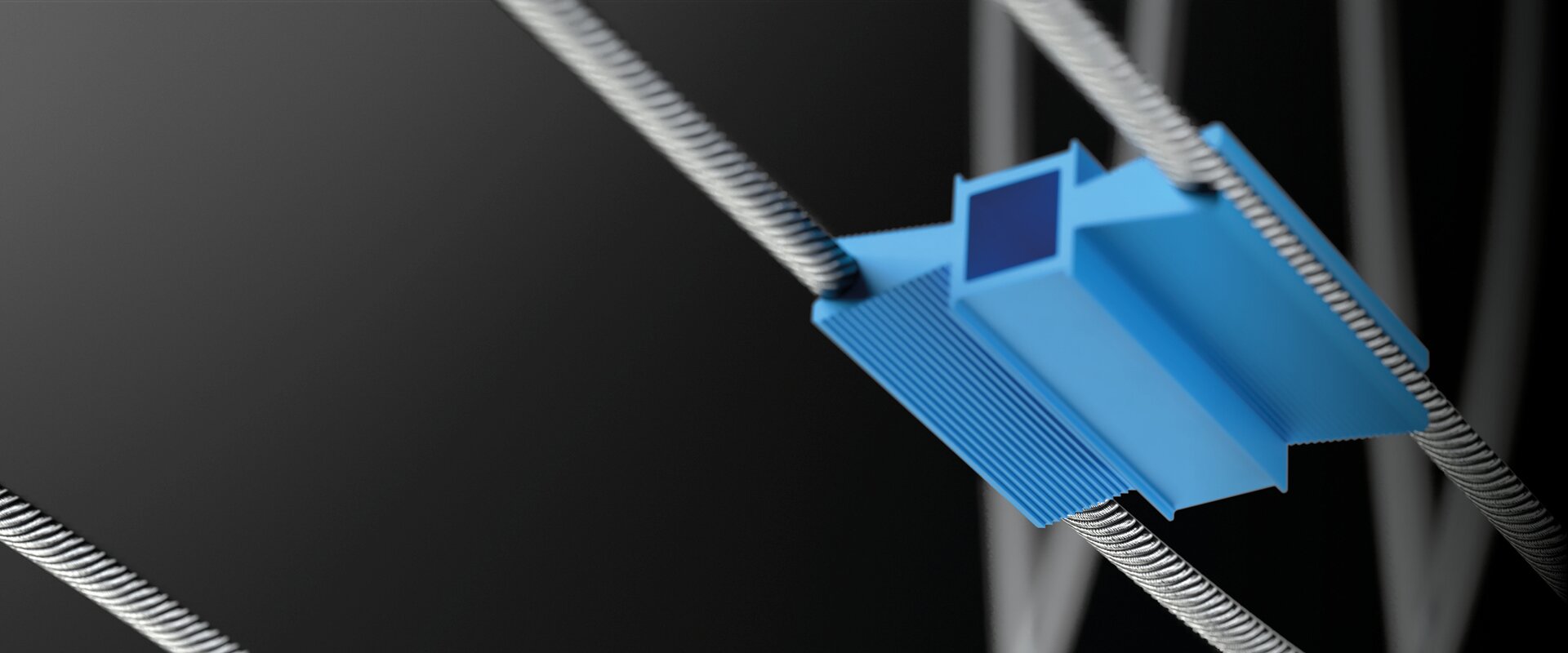

The warnings of global warming are also an issue for manufacturers of sun protection systems such as blinds, awnings and Zipscreens. They must ensure that the functionality and durability of their devices will fulfil the stricter requirements of the future. The numerous plastic profiles, which are concealed in guide rails or roller mechanisms and ensure that the systems function smoothly in every sense of the word, also play a key role here. For further development, it is advisable to contact experts as early as possible to help design future-proof materials and manufacturing processes.
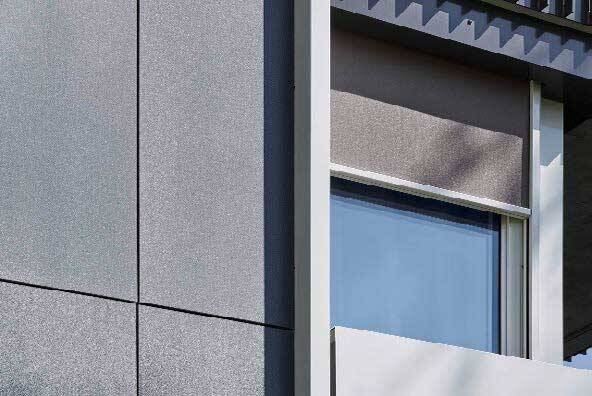
Fig. 1: Zipscreens fitted on the outside reduce direct sunlight and provide pleasantly subdued light on the inside.
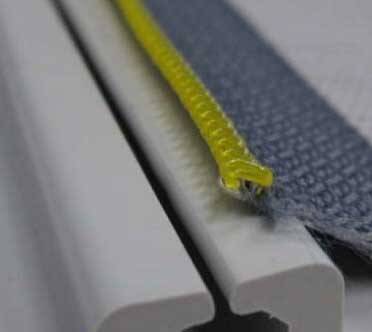
Fig. 2: In order to be able to guide the Zipscreens pulled tightly to the side, their reinforced outer edge features nubs made of a plastic with good sliding properties. They are guided in plastic profiles.
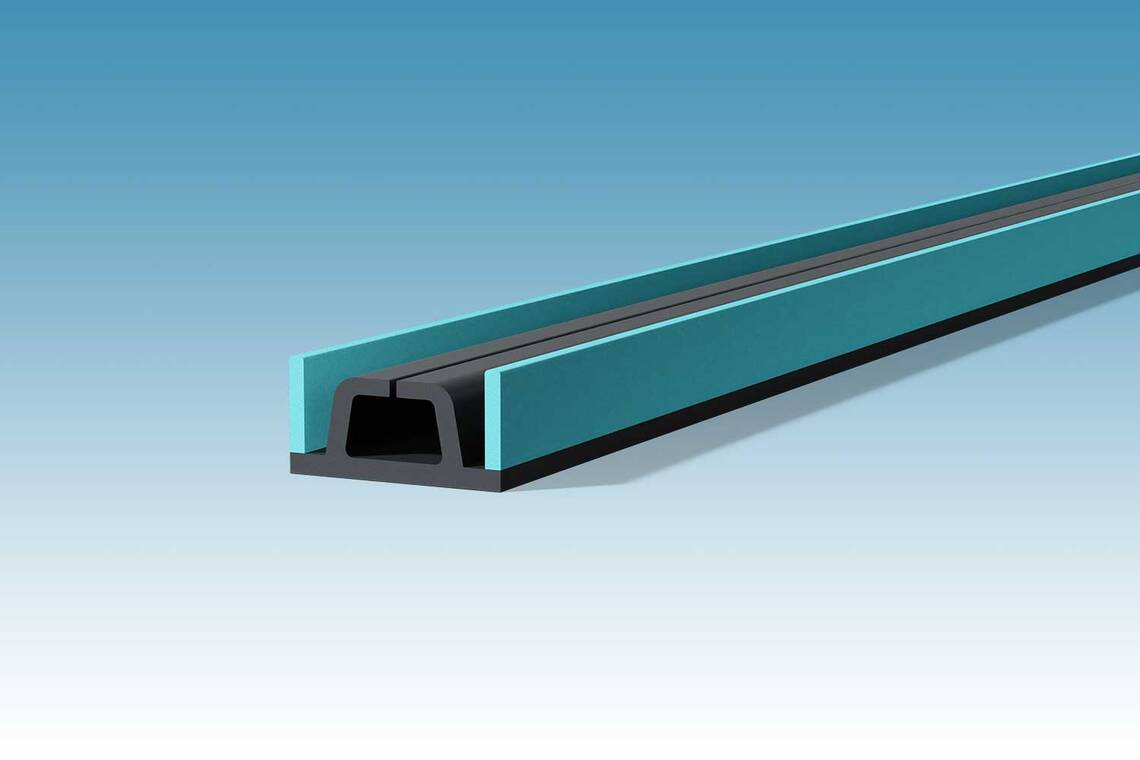
Fig. 3: Guide profile with spring elements coextruded on both sides from a thermoplastic elastomer.
The Zipscreen fabric is guided along the window in two lateral guide rails. For this purpose, the seams of the fabric feature raised nubs made of a plastic with good sliding properties, which are firmly attached to the fabric in a similar way to the teeth of plastic zip fasteners (Fig. 2). In turn, the plastic guide rails are fitted into aluminium profiles. One of the main requirements for the guide rails is to maintain tight tension on the fabric even in gusty winds. In order to fulfil all requirements, the guide slot of the sliding profile must have particularly narrow tolerances. The objective is to avoid ‘jamming’ and to prevent the fabric from slipping out of the rail.
Such profiles often have additional coextruded lateral spring strips made of an elastomer (Figures 3 and 4). These strips are supported on the aluminium profile so that the sliding profile can yield to the changing tensile forces of the fabric and thus offset them without any loss of function. In addition to different wind pressure conditions, construction tolerances can also be offset to a certain extent.
One of the unique challenges with these plastic profiles is to ensure their properties under UV radiation and long-term exposure to high temperatures. This cannot always be guaranteed with the rigid PVC materials frequently used in the past for economic reasons, as they are not sufficiently shape-retaining at temperatures above 60–65 °C.
Therefore, when our experts were advising a customer who had problems in this regard, they suggested using a material with better temperature resistance. This material is UV-resistant and can withstand temperatures from -20 to approx. +80 °C. Its sliding properties are also very good. As the thermal expansion is lower than with the previously used material, the risk of jamming and insufficient anchoring of the fabric in the rail is significantly reduced.
A change of material was also recommended for the coextruded lateral spring strips. However, the soft PVC-P frequently used for this purpose in the past gradually loses its shape-retaining dimensional stability and elasticity at higher temperatures. Consequently, spring strips made of TPE are now used in this application area. These strips also feature better resilience, especially when they are used for longer periods at higher temperatures.
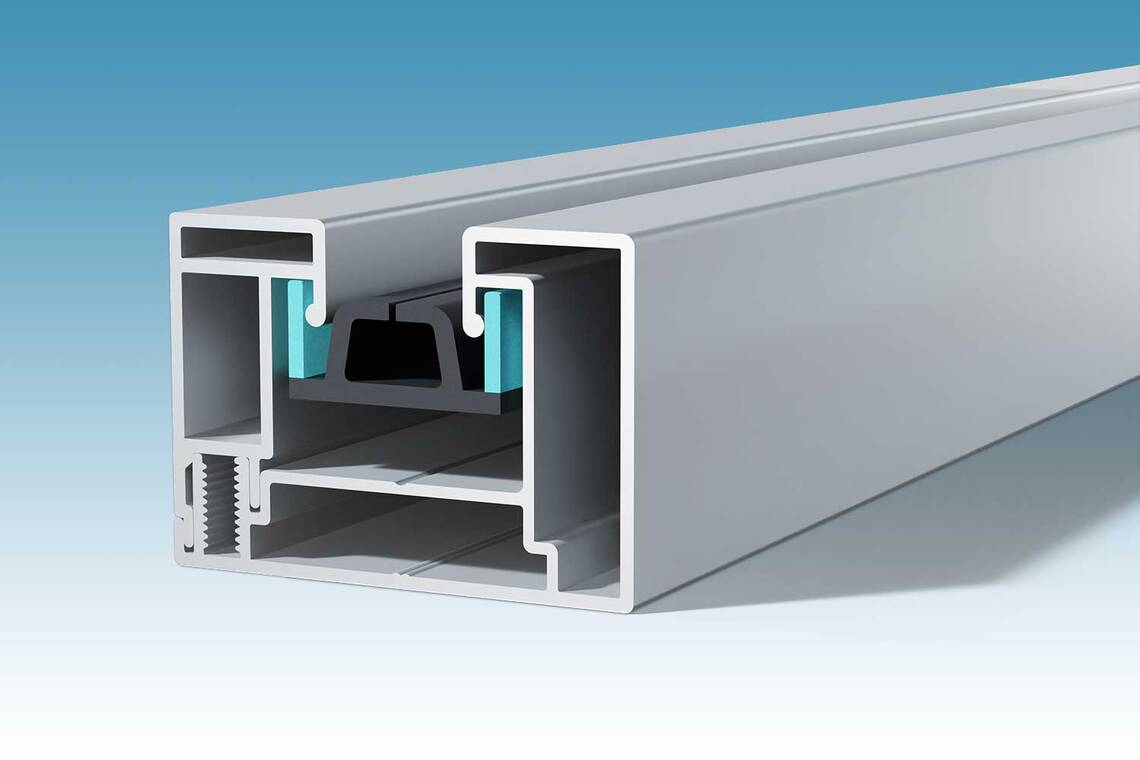
Fig. 4: Elaborate zip guide rail made from two separate plastic profiles. The outer one acts as a fastening rail and the inner one as a guide profile with coextruded spring elements.
Our experts can draw on extensive experience to select the best material and the right process. After analysing the customer’s requirements and special requests in detail, we work with the customer’s experts to develop proposals and, if necessary, create test batches. Naturally, the relevant standards, test regulations and statutory requirements are also taken into account and the necessary certificates are issued.
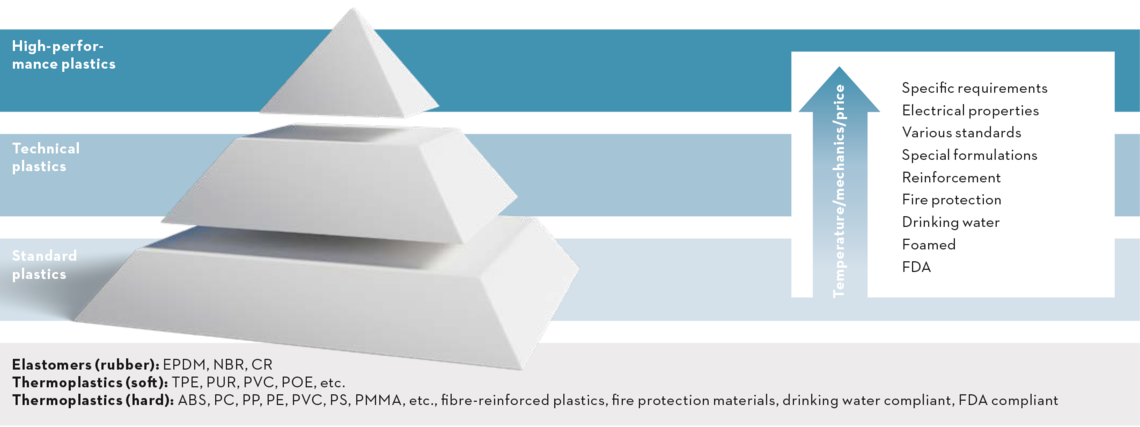
Legislators at EU level are increasingly tightening the reins to reduce CO2 emissions. As part of regular reviews by specialised rating agencies, all large companies are required to keep their ESG (environmental, social and governance) rating as high as possible via the financial market and public clients. This also includes constant pressure on the company’s own suppliers to demonstrate compliance with the relevant requirements. An important criterion here is the documentation of the so-called ‘carbon footprint’. This means balancing the CO2 emissions generated by the company’s activities. Besides the direct and indirect CO2 emissions caused during the company’s own production process, this also involves the CO2 emissions already indirectly contained in the purchased materials (through previous production steps). Here too, our specialists have extensive experience in reducing emissions compared to the previous state of the art. Depending on the requirements specification and choice of material, we can utilise alternative materials with a lower CO2 emissions backpack or supply sources with a demonstrably lower-emission process chain. The consistent use of recycled materials plays a key role here. We will gladly advise you here too.
Optimum sliding properties
Plastic profiles with good sliding properties ensure that the system functions smoothly.
High temperature resistance
Thanks to the customisation of the material used, profiles can withstand a wide range of temperatures.
Low thermal expansion
Minimal expansion at high temperatures prevents clamping problems with zip screens.